Microsoft 365 Visual Personality — Cross-Suite Design Language

Project: Led suite-wide visual personality exploration defining modern, cohesive design language across Microsoft 365. Spearheaded Outlook’s contribution to unified M365 experience while establishing scalable visual foundations for the broader product ecosystem.
Situation
Microsoft’s shift toward integrated M365 offering revealed significant inconsistencies in UI tone, layout, and styling across applications, creating disjointed user experiences that undermined productivity goals and brand cohesion. As one of the most-used applications in the suite, Outlook needed visual modernization while serving as reference point for cross-suite alignment.
Business Context: The fragmented experience required unified visual foundation that would reinforce Microsoft’s design leadership while creating seamless, branded experiences across the ecosystem. This represented opportunity to balance professional functionality with warmth and approachability.
Task
As Lead Product Designer, I represented Outlook in the cross-functional M365 design initiative, collaborating with design and brand teams across Word, PowerPoint, OneNote, and other core applications. My responsibility included developing visual treatments that would influence decisions beyond email while leading Outlook-specific explorations and contributing to system-level visual language decisions.
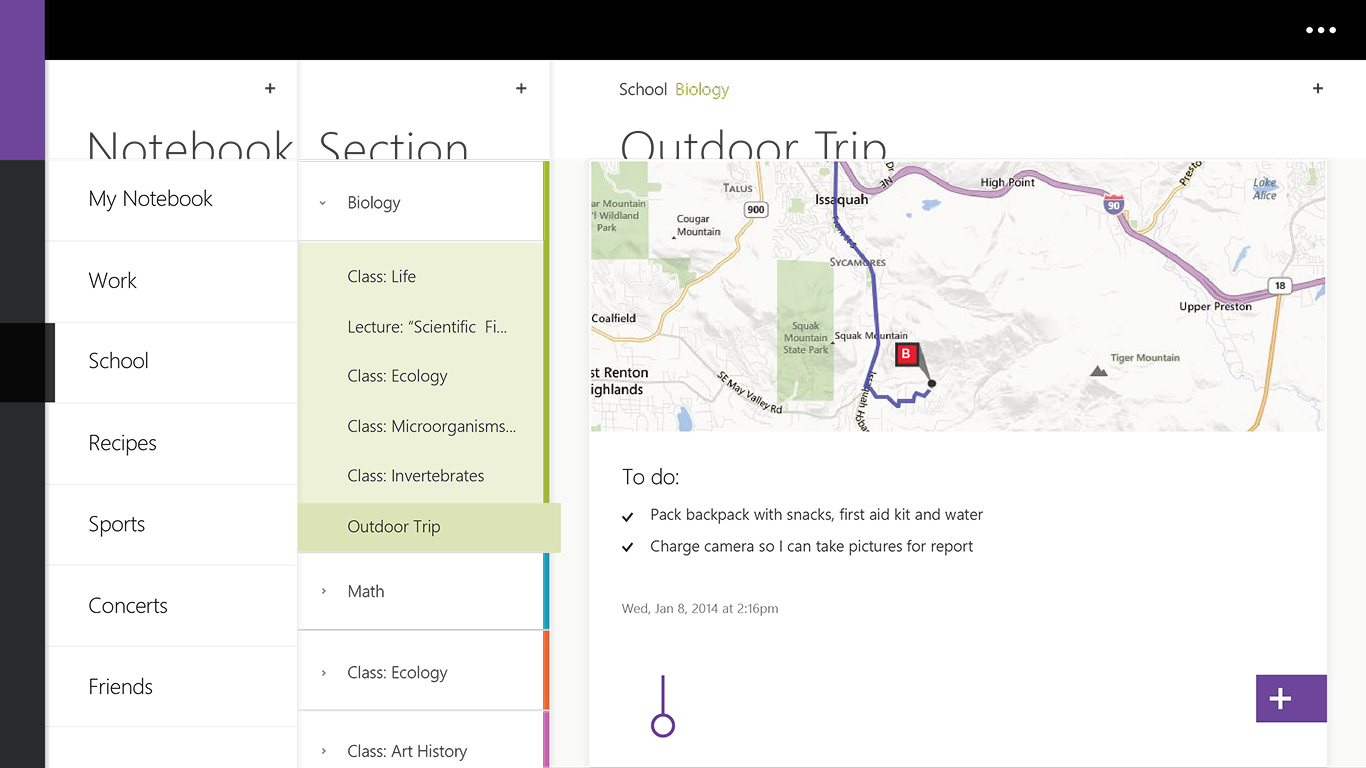
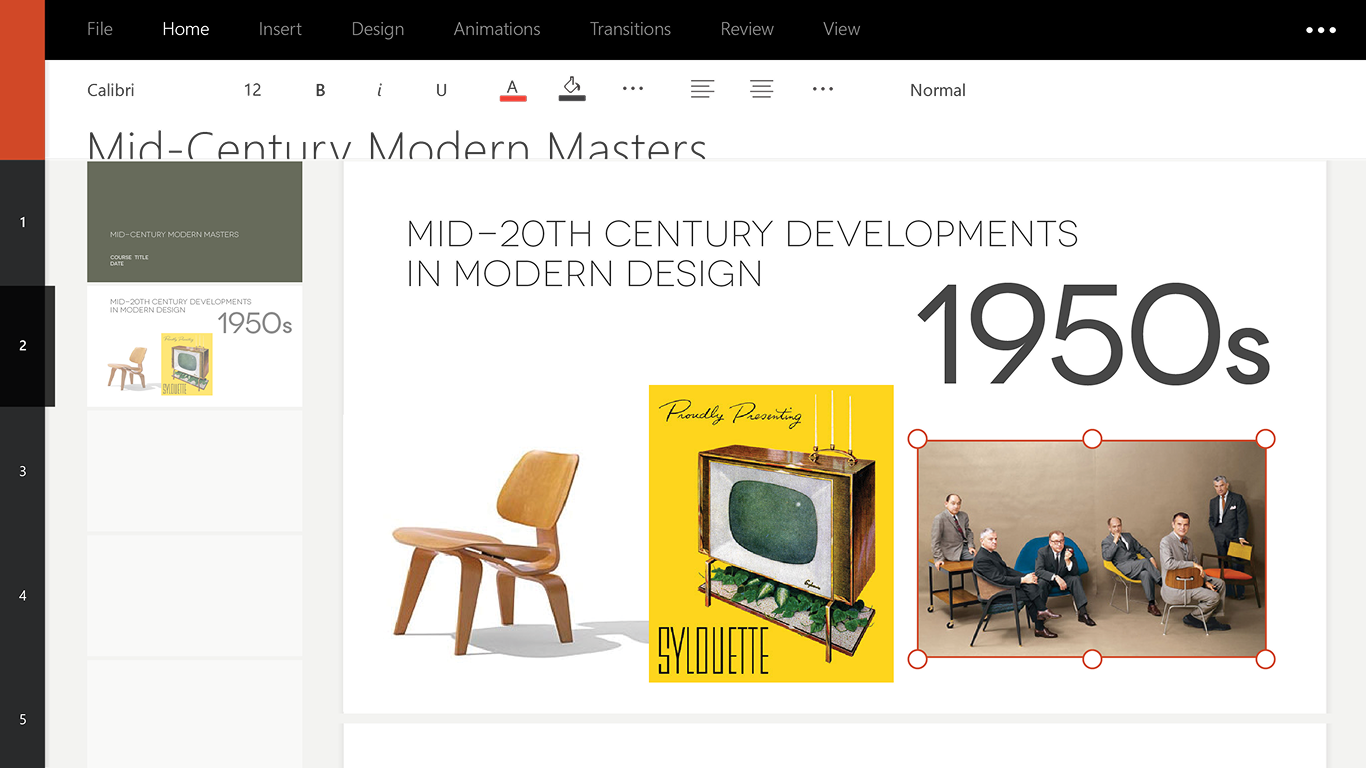
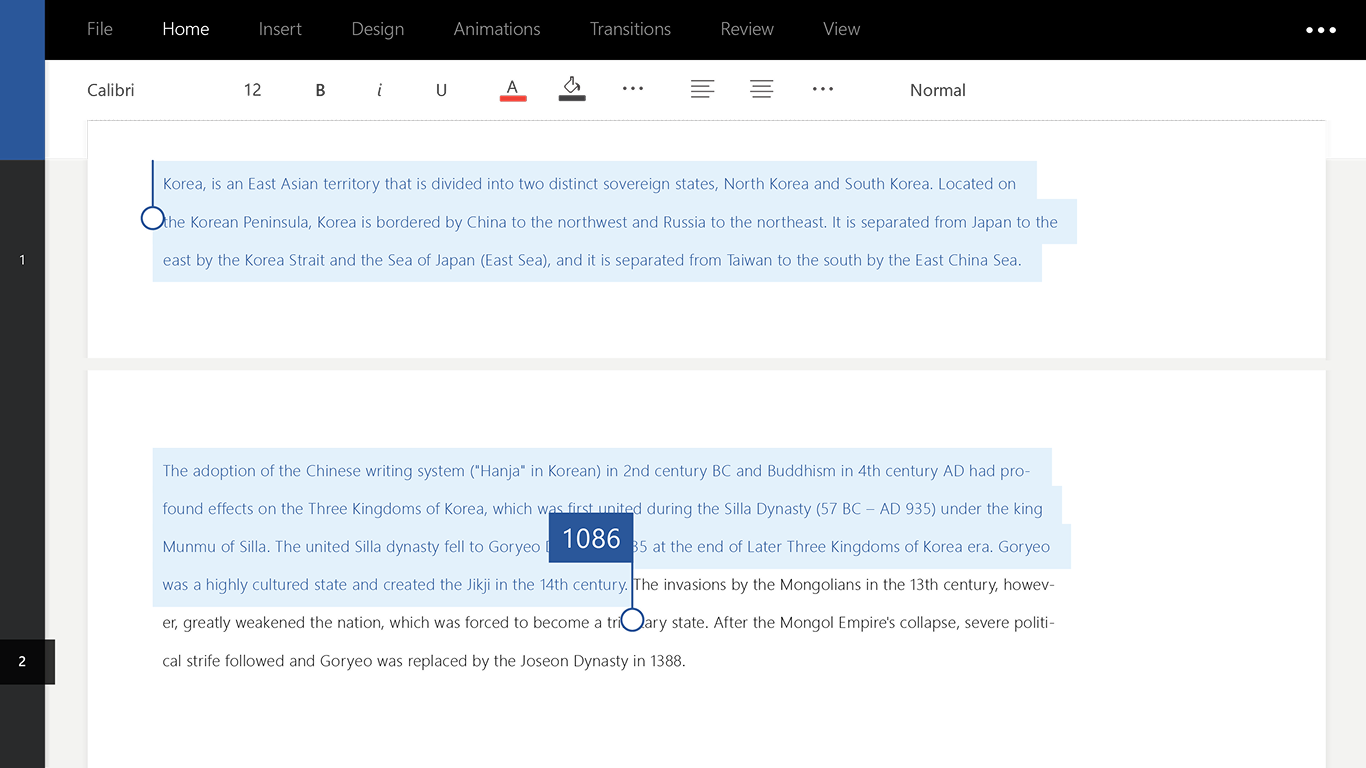
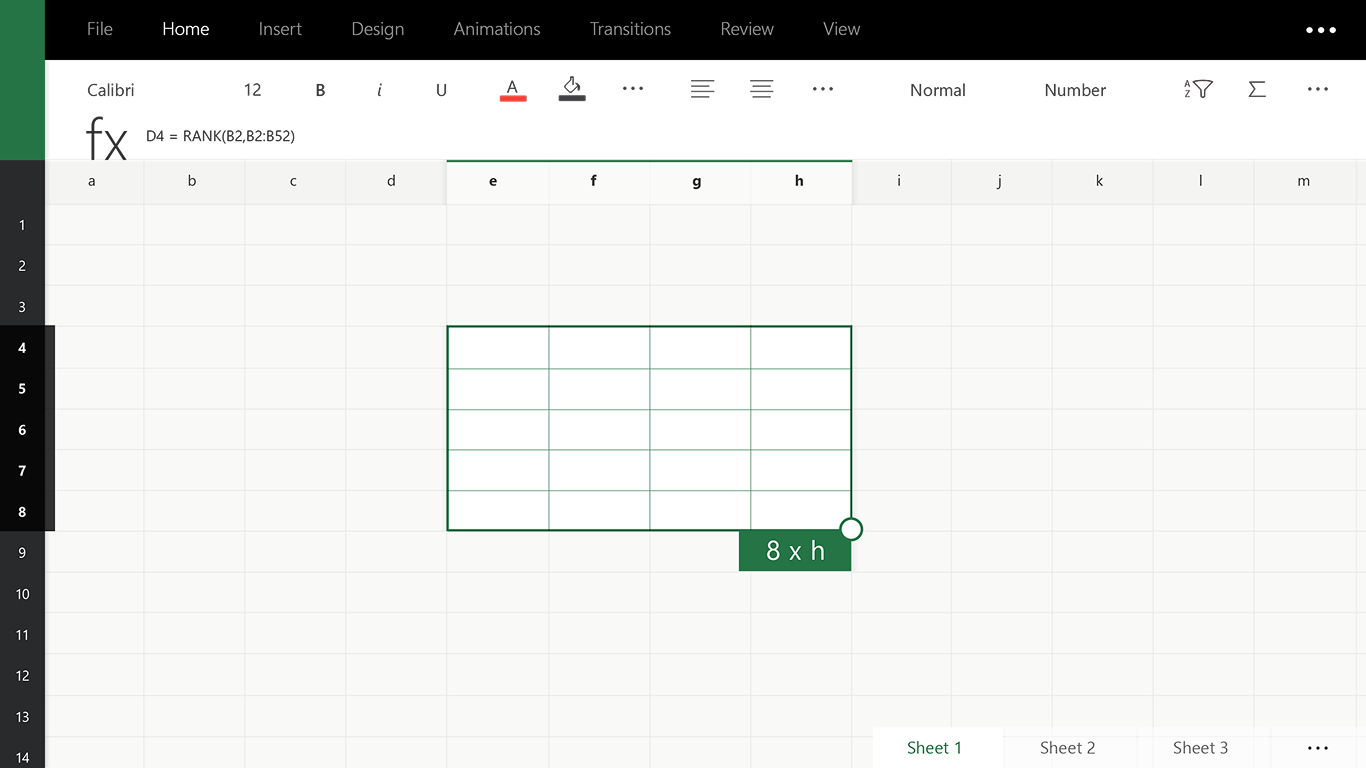
Action
Cross-Suite Design Leadership: Developed comprehensive visual proposals for core M365 and Outlook components including headers, navigation, surfaces, and system theming. Aligned proposals with emerging brand direction while ensuring scalability across diverse application contexts.
Collaborative Validation: Worked closely with designers from Word, OneNote, PowerPoint, and Teams to validate how Outlook-based visual concepts could effectively scale across applications. Conducted extensive testing of shared components, motion behavior, and tonal alignment.
Visual Language Innovation: Contributed to foundational decisions around UI depth, contrast, shadow systems, and microinteractions. Created design artifacts that demonstrated how visual personality could balance professionalism with human approachability and accessibility.
Implementation Partnership: Collaborated with engineering and design system teams to ensure selected visual elements translated effectively to production code. Maintained alignment with Fluent UI evolution while ensuring consistency across themes, platforms, and screen sizes.
Organizational Enablement: Supported broader rollout through comprehensive design guidance, component specifications, and best practice documentation that enabled consistent adoption across M365 teams and product areas.
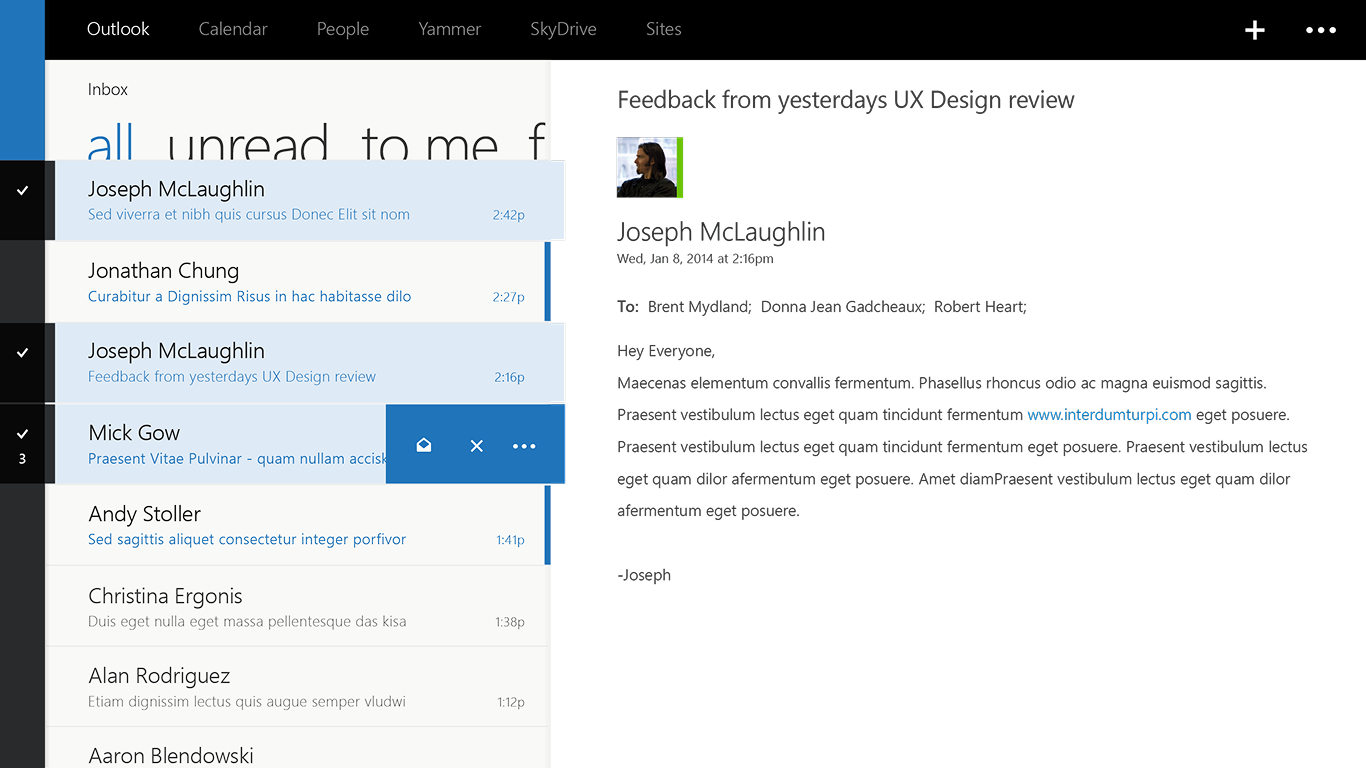
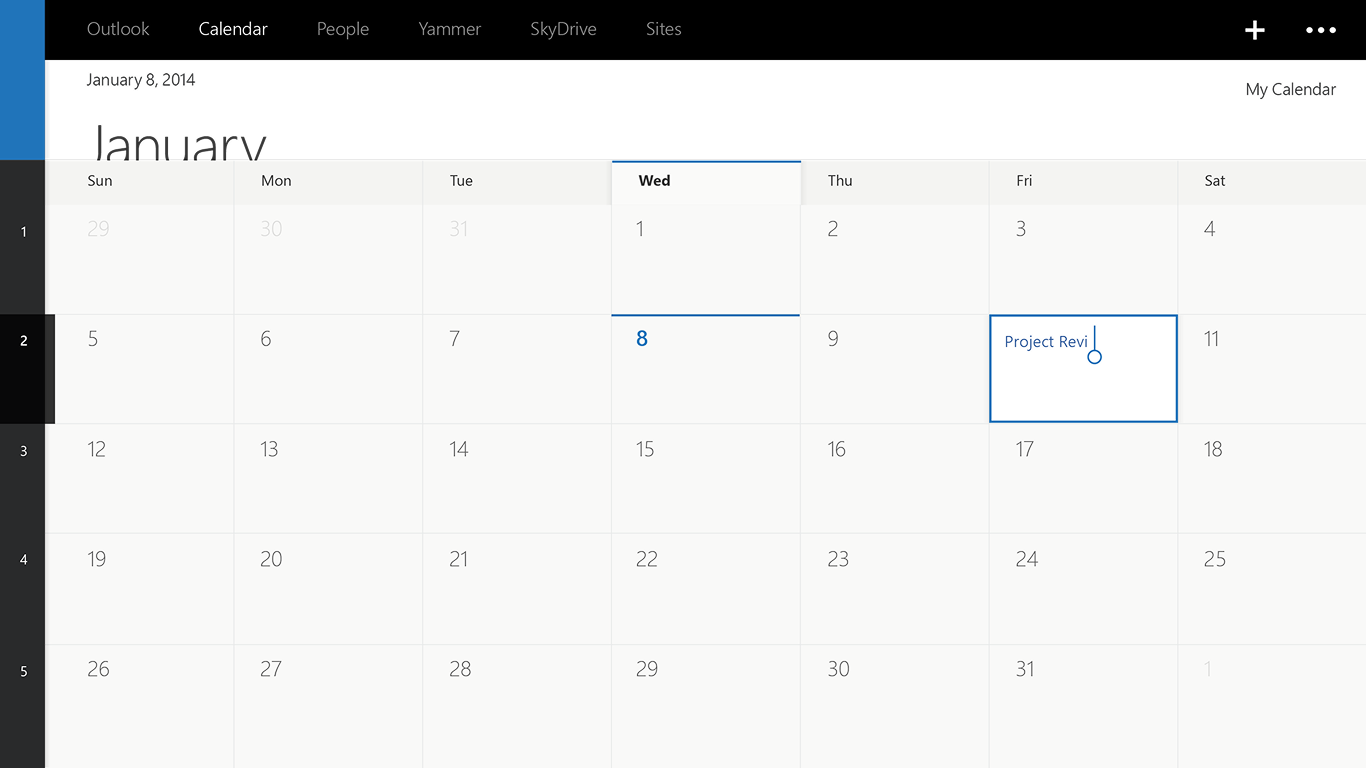
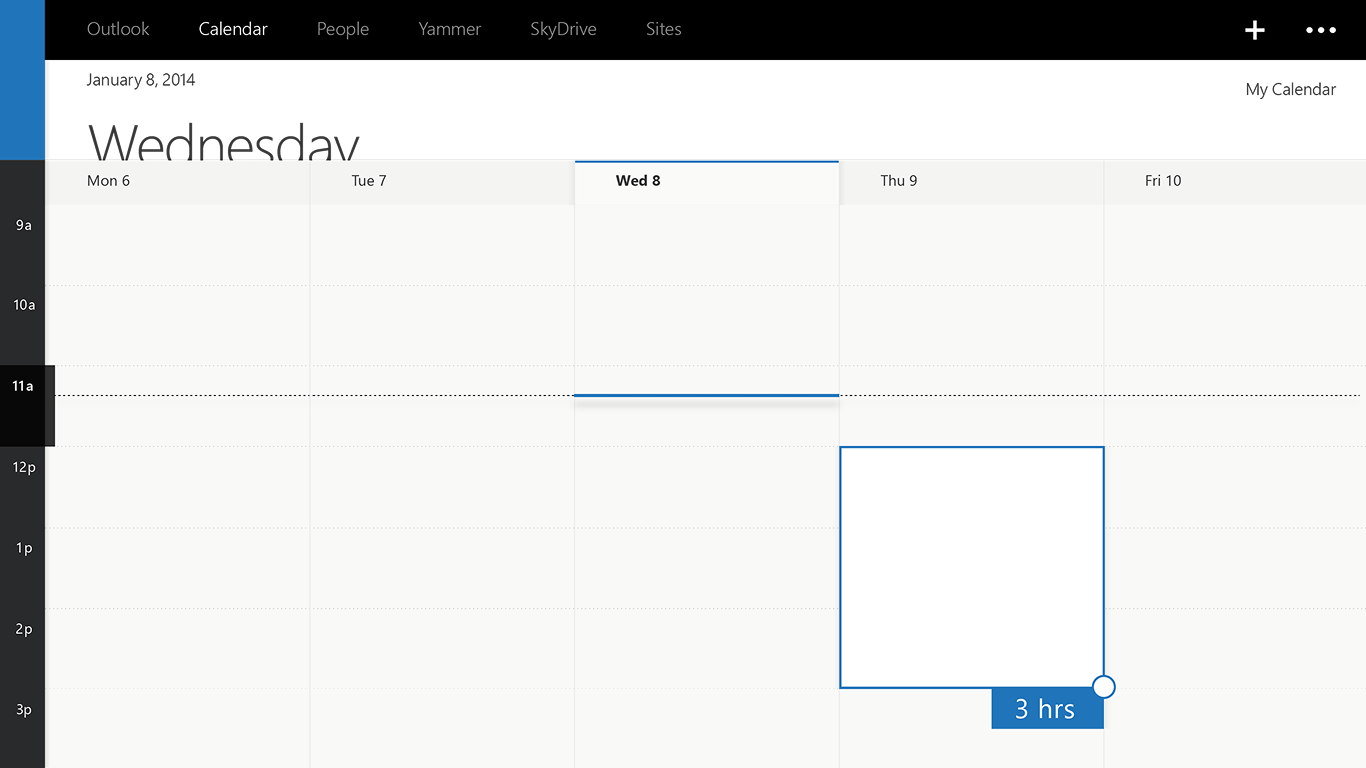
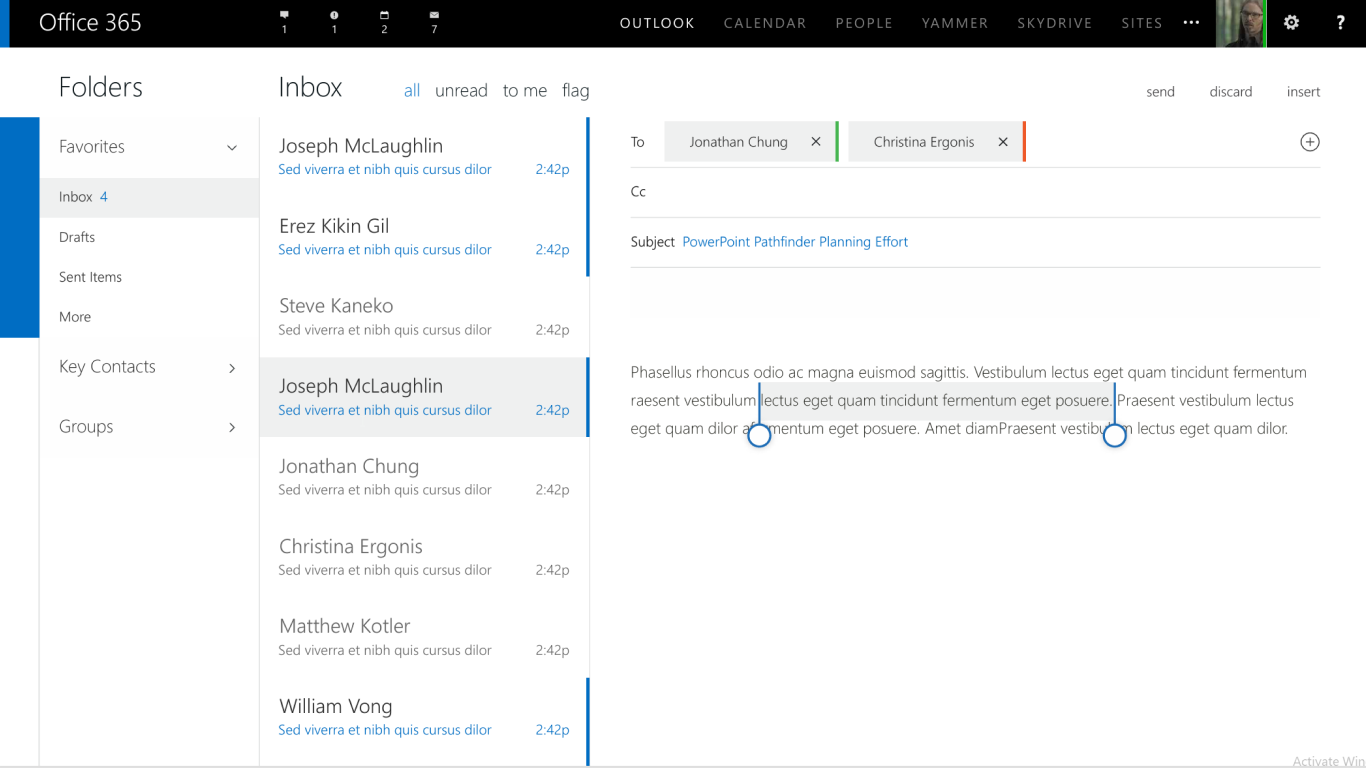
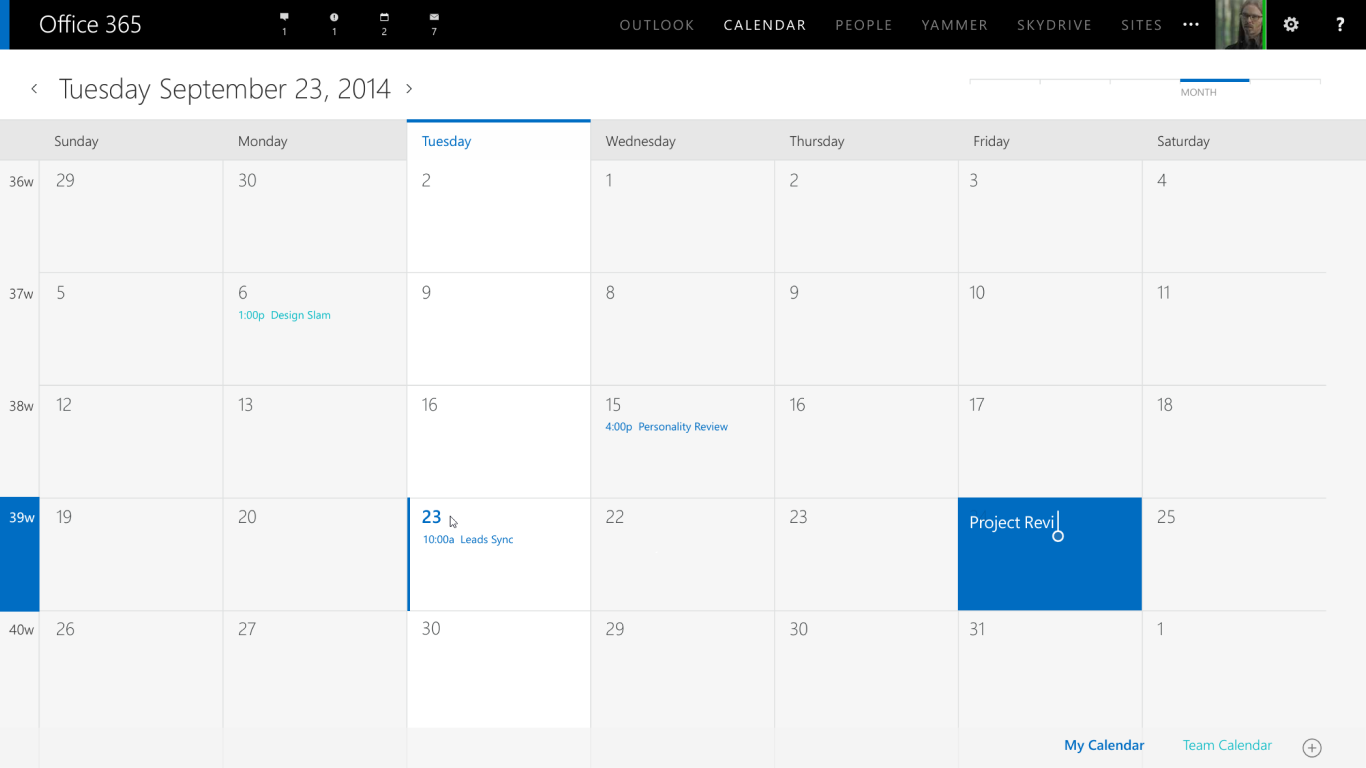
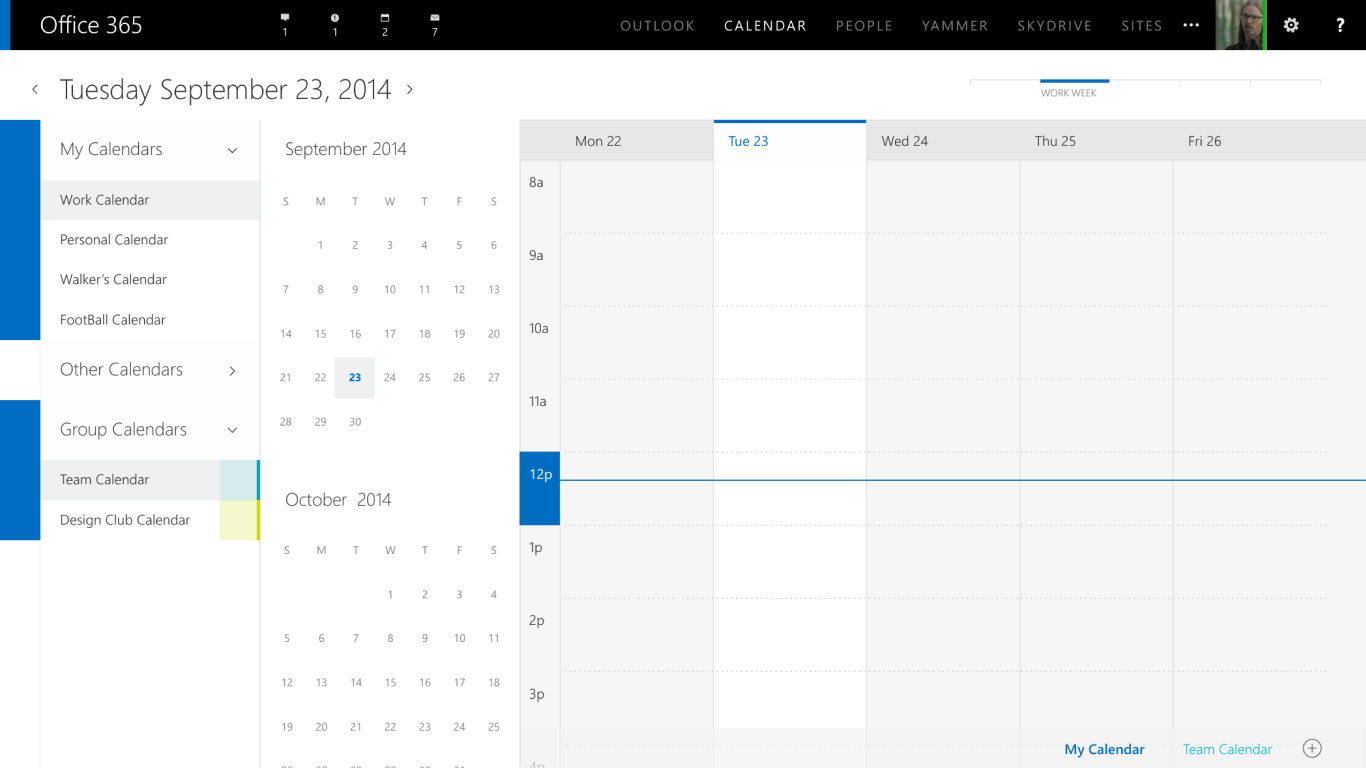

Results
Cross-Application Impact: Outlook design explorations directly informed scalable visual treatments now implemented across Microsoft 365, successfully creating consistent user experiences and measurably stronger brand cohesion across the entire suite.
Production Excellence: Visual language elements remain live and actively used across Outlook and M365 applications, effectively supporting daily workflows for hundreds of millions of users worldwide while maintaining design integrity.
Brand Transformation: Modernized, human-centered visual approach contributed to measurable increases in user engagement and improved quality perception across key user touchpoints and research metrics, enhancing overall brand perception.
Design System Foundation: Successfully shaped foundational visual decisions and system-level standards that continue serving as the infrastructure for Microsoft’s design ecosystem and ongoing product development across multiple teams.
Strategic Business Value: Contributed significantly to premium, unified M365 experience that supports user trust, accelerates product adoption, and strengthens Microsoft’s competitive positioning in the productivity software market.
Organizational Recognition: Work achieved widespread internal recognition as a milestone in cross-product design collaboration, successfully balancing systematic design rigor with expressive, human-centered craft excellence.